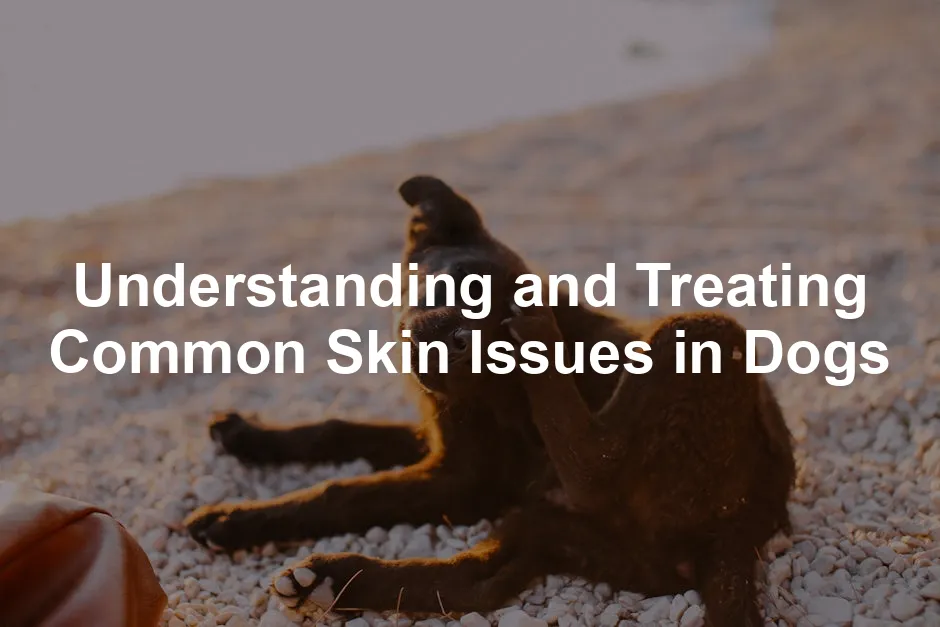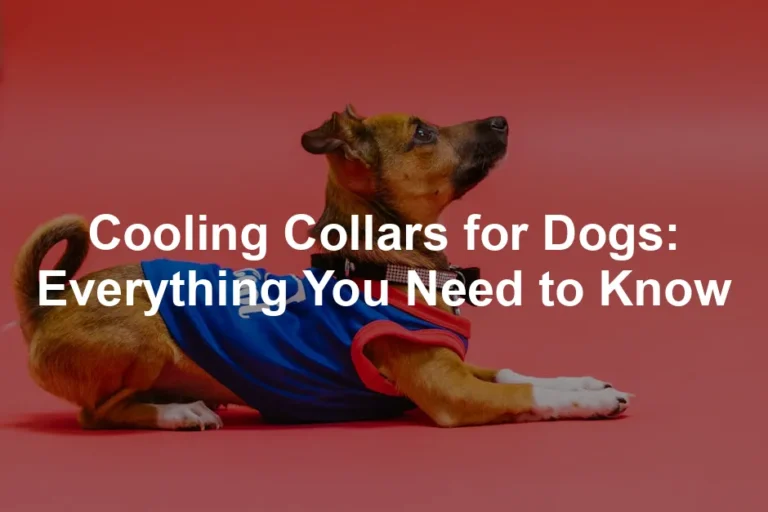Introduction
The skin, much like a dog’s personality, can be a window into their overall health. Just as pet parents adore their furry friends, they also need to be alert to the signs and symptoms of skin issues that can plague their beloved companions. From the baffling itch to the frustrating hot spots, dogs can face a myriad of skin problems that, if left unchecked, can lead to discomfort and more severe health issues.
Recognizing skin conditions early is vital. After all, a dog’s skin serves as the first line of defense against pathogens. It regulates temperature too! So, when you notice your pup scratching like they’ve just won the lottery, it’s time to take action.
Common skin conditions include allergies, infections, and parasites. These can manifest in various ways. Think persistent itching, redness, or even hair loss. Pet owners must be vigilant in spotting these symptoms. After all, a happy dog means a happy owner!
Speaking of happy dogs, keeping their skin healthy is essential, and one way to do that is by using quality grooming products. For instance, consider the Vet’s Best Dog Shampoo. It’s perfect for tackling skin irritations while keeping your pup smelling fresh!
In this guide, we’ll help you navigate the world of canine dermatology. Armed with knowledge, you’ll learn to identify, understand, and treat common skin issues that may be affecting your pup. Let’s jump right in and unveil the mysteries of your dog’s skin!

The Importance of Skin Health
Healthy skin is crucial for your dog’s overall well-being. It acts as a barrier against harmful germs and irritants. Moreover, it plays a role in regulating body temperature. When skin health declines, it can lead to more serious health problems, affecting your dog’s quality of life.
Common Symptoms of Skin Issues
Recognizing the signs of skin problems can be the difference between a quick fix and a long-term issue. Common symptoms to monitor include:
- Persistent itching
- Redness or inflammation
- Hair loss or thinning
- Unpleasant odors
- Scabs or lesions
- Flaky or greasy skin
If you spot these signs, it’s time to dig deeper. Understanding the root cause is key to effective treatment. And for those pesky odors, you might want to invest in Nature’s Miracle Stain & Odor Remover. It’s a lifesaver for keeping your home fresh!

Top 10 Common Skin Disorders
- Allergies: Dogs can suffer from environmental or food allergies, leading to significant discomfort. Learn more about recognizing and treating common skin allergies in dogs.
- Parasites: Fleas, ticks, and mites can wreak havoc on your pup’s skin. Protect them with a good flea treatment like the PetSafe Elite Little Dog Remote Trainer.
- Bacterial Infections: These often arise from compromised skin or underlying conditions.
- Hot Spots: Irritated patches of skin caused by excessive licking or scratching.
- Yeast Infections: Common in warm, moist areas, these can cause itching and odor.
- Ringworm: A contagious fungal infection that leads to hair loss and inflammation.
- Dry Skin and Seborrhea: These conditions lead to flaky or greasy skin and can require dietary adjustments.
- Alopecia: Hair loss can stem from various underlying issues, such as hormonal imbalances.
- Skin Cancer: Early detection is crucial for treatment and recovery.
- Autoimmune Diseases: Conditions where the immune system attacks the skin, requiring specialized care.
This guide is designed to empower you to recognize symptoms and equip you with actionable steps for treatment and prevention. By staying informed, you can help ensure your dog leads a happy, healthy, and itch-free life. So, buckle up and get ready to be the best pet parent you can be!

Understanding Dog Skin Health
The Role of the Skin in Dog Health
Your dog’s skin is their largest organ. Yes, larger than their heart, and possibly even larger than that fluffy tail! It’s not just there for show; it has crucial functions. The skin acts as a protective barrier against germs, allergens, and environmental threats. It also helps regulate temperature—keeping your pup cool when the sun is blazing and warm when winter’s chill sets in.
Healthy skin is vital for your furry friend’s overall well-being. When skin health declines, it can lead to discomfort and even more severe health issues. Scratching, biting, or excessive licking often means something’s awry. So, keeping an eye on your dog’s skin is more than just a cosmetic concern; it’s a matter of health.

Common Symptoms of Skin Conditions
Recognizing symptoms early can save your dog from unnecessary discomfort. Common signs of skin issues include:
- Persistent itching: If your dog is scratching like they’ve got a case of the giggles, it could indicate a problem.
- Redness or inflammation: Inflamed skin can signal an underlying issue.
- Hair loss or thinning: This could be a sign of allergies or infections.
- Unpleasant odors: A smelly dog isn’t just a sign they need a bath; it may point to infections or other issues.
- Scabs or lesions: These can develop from scratching or biting at irritated areas.
- Flaky or greasy skin: Dandruff isn’t just a human problem; dogs can get it too!
To perform a skin check at home, gently run your fingers through your dog’s fur. Look for any unusual bumps, redness, or changes in texture. Pay attention to areas like the belly, ears, and paws, as these spots are often more sensitive. If symptoms persist, it’s time to chat with your vet. Trust us, a healthy dog is a happy dog!
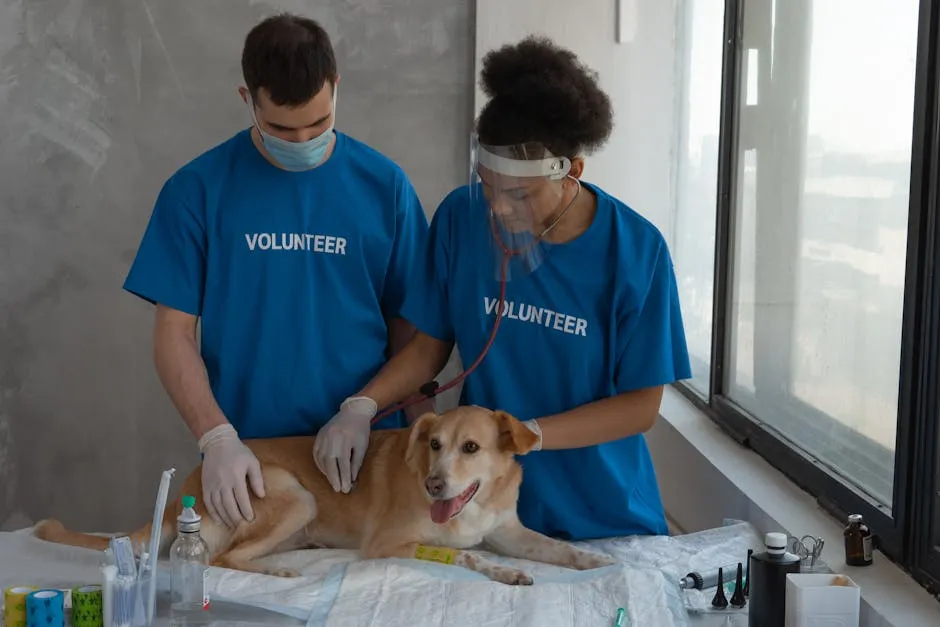
Other Skin Conditions
Dry Skin and Seborrhea: Causes and Treatments
Dry skin in dogs can be quite the nuisance, often leading to flaking and irritation. Common causes include environmental factors, poor nutrition, and underlying health issues. If your pup is scratching like they’re auditioning for a doggy version of “The Nutcracker,” it’s time to investigate!
Seborrhea, on the other hand, refers to an overproduction of sebum, leading to oily or flaky skin. It can be triggered by allergies, hormonal imbalances, or even certain infections. Treatments may include medicated shampoos designed to soothe the skin and restore its natural balance. Omega-3 fatty acids can also work wonders by promoting healthy skin from the inside out. So, don’t forget to check your dog’s diet; they might just need a little culinary upgrade! For an excellent source of Omega-3, try Zesty Paws Omega 3 Fish Oil for Dogs.

Alopecia: Genetic and Hormonal Causes
Alopecia, or hair loss, can leave your pooch looking a tad less fluffy. It often roots from genetic factors, like in certain breeds, or hormonal imbalances, such as hypothyroidism or Cushing’s disease. If your dog is sporting bald patches, it’s essential to consult your vet. They may recommend blood tests to identify hormonal issues or other underlying conditions.
While some breeds are genetically predisposed to hair loss, others might experience alopecia due to stress or allergies. Treatment varies but can involve hormone therapy, dietary changes, or even topical medications. Remember, a little hair today doesn’t mean a lot of hair tomorrow!

Skin Cancer
Skin cancer in dogs is a serious concern, but early detection can make a world of difference. Common symptoms to watch for include unusual lumps, non-healing sores, and changes in existing moles or spots. If your dog’s skin is throwing a party of oddities, make that vet appointment pronto!
The importance of early detection cannot be stressed enough. Catching skin cancer in its early stages can lead to more effective treatment options, including surgical removal or chemotherapy. So, keep your eyes peeled for any changes, and don’t hesitate to consult your vet. After all, you want your furry friend to be as healthy as a well-cooked piece of chicken!
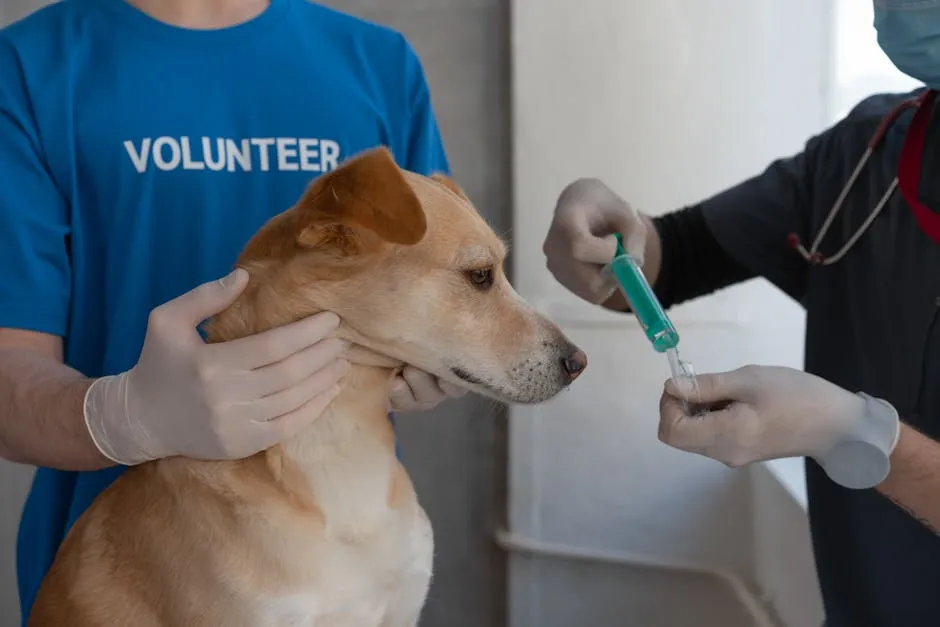
Autoimmune Diseases
Autoimmune diseases are like that uninvited party guest who wreaks havoc. In these cases, the immune system mistakenly attacks the skin and other body parts. Common autoimmune skin conditions in dogs include pemphigus and lupus, leading to lesions, hair loss, and inflammation.
These conditions can be chronic and may require lifelong management. Treatment often involves immunosuppressive medications to help control the immune response. Regular vet check-ups are crucial for monitoring your dog’s condition. Staying proactive means less drama in your pup’s life—and yours too!
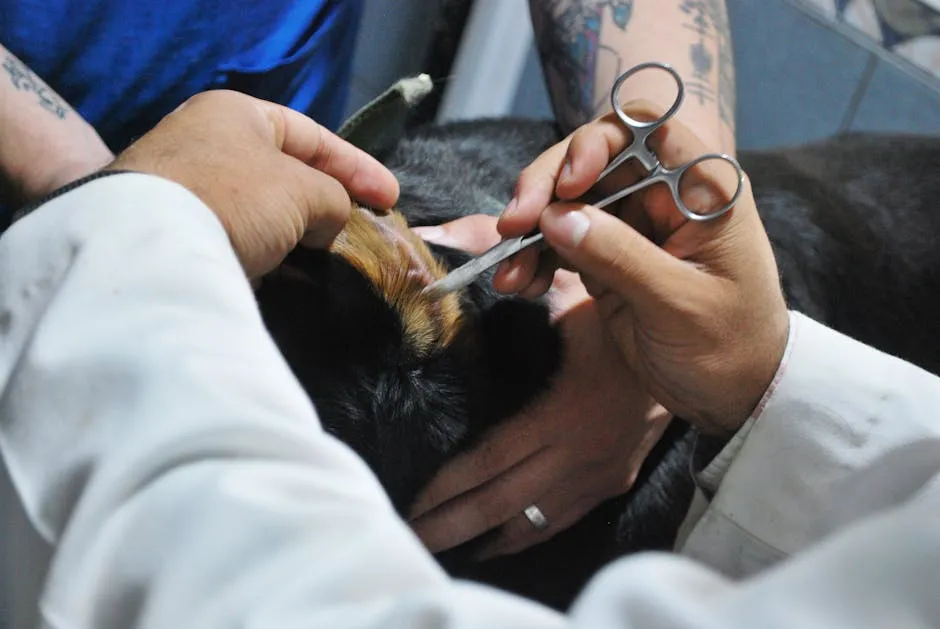
Diagnosis and Treatment
When to Consult a Veterinarian
If your dog is scratching like they’ve got ants in their pants, it might be time to consult a veterinarian. Signs that warrant a vet visit include persistent itching, hair loss, or any unusual skin changes. Like a detective piecing together clues, your vet will need to gather information to pinpoint the issue.
Professional diagnosis is essential for effective treatment. What looks like a simple rash might be a sign of an underlying allergy or infection. Don’t let your pup suffer in silence; seeking the help of a vet ensures they get the care they need.
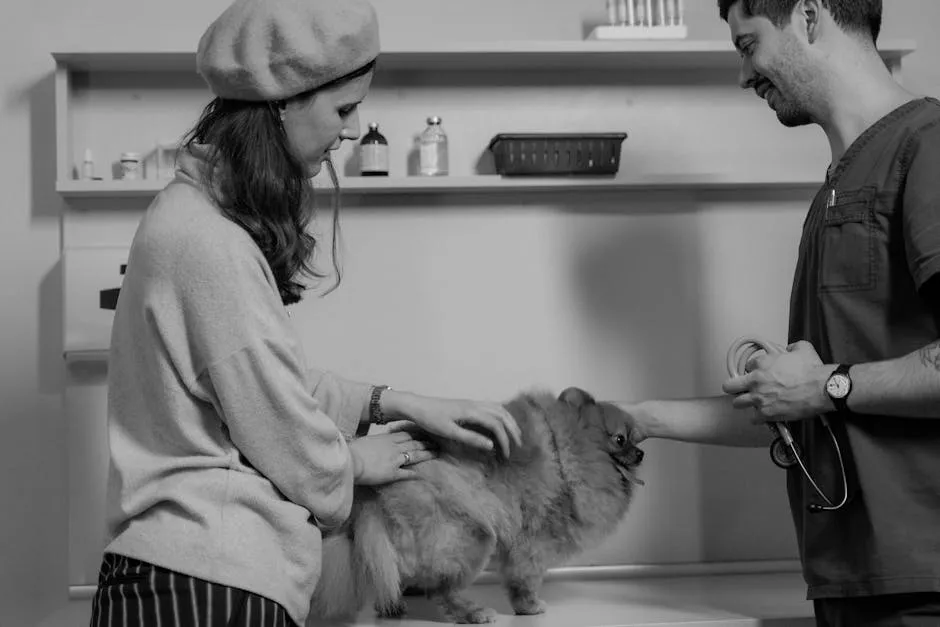
Diagnostic Methods
Veterinarians have a toolbox full of diagnostic methods to uncover the mystery behind skin issues. Common tests include skin scrapings, which help identify parasites or infections. Allergy testing can also determine if your dog is reacting to environmental triggers or specific foods.
These diagnostic tools are vital for developing an effective treatment plan. The sooner you get to the root of the problem, the sooner your dog can start feeling better!
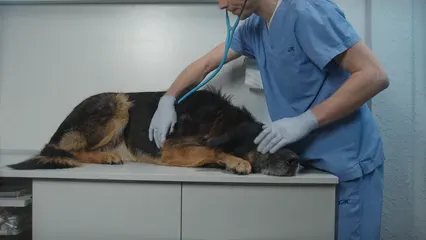
Treatment Options
When it comes to treating skin conditions in dogs, there’s a delightful array of options. Topical treatments like medicated shampoos and ointments can soothe irritated skin and help with infections. Regular baths with hypoallergenic shampoos can also keep your dog feeling fresh.
Systemic treatments may be necessary for more severe cases. These could include oral medications, such as antibiotics or antihistamines, and even injections for allergies. Your vet will tailor the treatment plan to your dog’s specific needs.
In the end, keeping your dog’s skin healthy is a team effort between you and your veterinarian. With the right care, your furry friend can enjoy a happy, itch-free life!

Prevention Strategies
Routine Grooming and Care
Regular grooming is crucial for your dog’s skin health. Think of grooming as a spa day for your pup! Brushing removes dirt, debris, and loose fur, minimizing the chance of skin irritations. It also stimulates natural oils, keeping the coat shiny and healthy. Aim for a weekly brushing session, and don’t forget about those undercoat areas where dirt loves to hide!
Bathing is equally important but should be done wisely. Too many baths can strip the skin of natural oils. Once a month is typically sufficient for most breeds. However, if your dog has rolled in something foul or has been swimming, a bath is in order! Use a gentle, dog-specific shampoo that hydrates and soothes the skin. For those extra dirty pups, try TropiClean OxyMed Medicated Anti-Itch Shampoo.
Look for grooming products that are free from harsh chemicals. Consider using oatmeal-based shampoos for added moisture. Leave-in conditioners can also be a game changer for dogs with long or thick fur. Don’t forget to keep their nails trimmed and ears clean. Regular grooming not only prevents skin issues but also strengthens the bond between you and your furry friend.

Dietary Considerations
A balanced diet plays a significant role in maintaining your dog’s skin health. Think of food as the foundation of a house—without a strong base, everything else can crumble. High-quality dog food rich in essential fatty acids, vitamins, and minerals can promote a shiny coat and reduce skin issues. Look for ingredients like salmon, flaxseed, and chicken fat, which are packed with omega-3 and omega-6 fatty acids.
Supplements can also enhance your dog’s skin health. Fish oil or flaxseed oil can work wonders, providing additional fatty acids that support healthy skin and coat. Probiotics might also help by improving gut health, which is closely linked to skin condition. Always consult your vet before adding new supplements to your dog’s diet to ensure they’re appropriate and beneficial. For an excellent probiotic, consider PetLab Co. Probiotic Chews for Dogs.
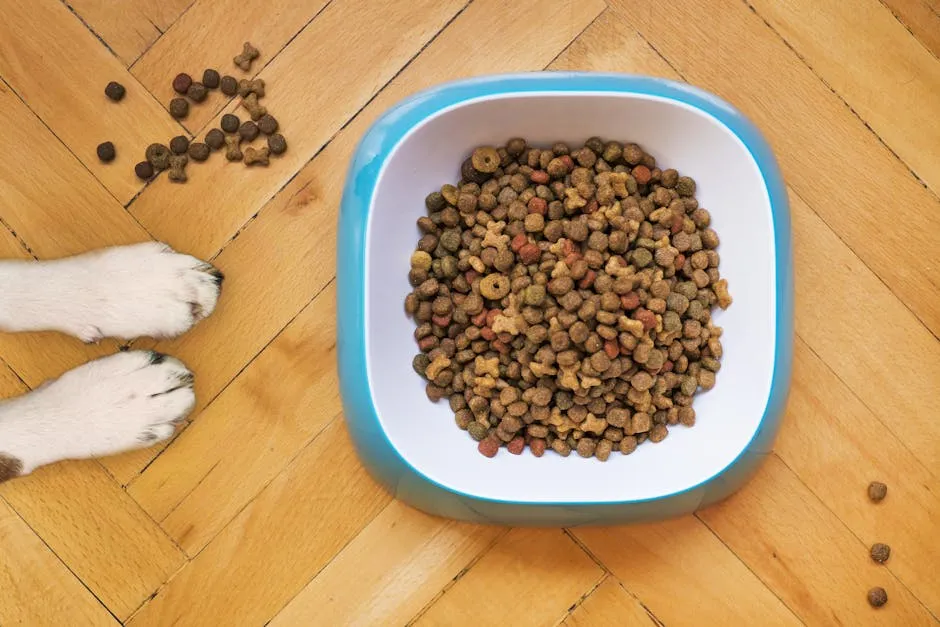
Environmental Management
Keep your dog’s living area clean and free from allergens. Regularly wash their bedding, toys, and grooming tools to eliminate dust mites, pollen, and other irritants. Vacuum frequently, especially if your dog sheds a lot—because who doesn’t love a little more dog hair on the sofa?
It’s also wise to monitor your dog’s exposure to potential allergens. If you notice scratching during certain seasons, it may be time to limit outdoor activities when pollen counts are high. For indoor allergens, consider using air purifiers to reduce airborne particles. If your dog has a known allergy, discuss additional management strategies with your vet.
Regular Vet Check-Ups
Routine vet visits are like annual check-ups for us—essential for maintaining good health. Regular check-ups help catch any skin issues early on, before they escalate into something more serious. Your vet can perform skin exams, suggest appropriate preventive treatments, and provide tailored advice based on your dog’s unique needs.
During these visits, don’t hesitate to discuss any changes in your dog’s skin or behavior. Your vet can recommend the best grooming products, dietary adjustments, and treatments for any skin conditions you might be concerned about. Remember, proactive care today can lead to a healthier, happier dog tomorrow!
Conclusion
Maintaining your dog’s skin health is no walk in the park, but it’s worth every effort. This ongoing process involves vigilance, proactive care, and teamwork with your veterinarian. By understanding the common skin issues dogs face, you can help ensure your furry friend enjoys a comfortable and healthy life.
Think of your dog’s skin as a protective fortress. When it’s healthy, it keeps invaders like bacteria and allergens at bay. But when trouble brews beneath the surface, your pup may suffer in silence—scratching, biting, and generally feeling uncomfortable. Early detection is your secret weapon. The sooner you spot potential issues, the easier it is to treat them effectively.
Regular check-ups with your vet are crucial. They can catch problems early and provide expert advice tailored to your dog’s unique needs. Don’t hesitate to bring up any changes you observe, whether it’s persistent itching or an unusual odor. Your vet is there to help, and together, you can craft a skin-care strategy that suits your dog’s lifestyle.
Prevention is equally important. A healthy diet, regular grooming, and a clean living environment go a long way in keeping skin problems at bay. After all, a well-groomed pup is a happy pup! So, keep that brush handy and check in on your dog’s skin regularly.
In summary, a happy dog means a happy home. By staying observant and proactive, you can help your furry friend lead a life free of discomfort. Remember, when it comes to skin health, an ounce of prevention is worth a pound of cure. Stay alert, consult your vet, and keep your pup’s skin healthy and thriving!
FAQs
What are the most common skin problems in dogs?
The most common skin problems in dogs include allergies, infections, and parasites. Allergies can stem from environmental triggers like pollen or food ingredients. Fleas and ticks are notorious for causing extreme itchiness and discomfort. Infections, whether bacterial or fungal, often arise due to underlying conditions or broken skin.
How often should I bathe my dog?
Bathing frequency depends on several factors, including your dog’s breed, coat type, and lifestyle. Generally, a monthly bath suffices for most dogs. However, if your dog enjoys rolling in mud or swimming, you may need more frequent baths. Always use a gentle dog shampoo to avoid irritating the skin.
Can stress contribute to skin problems in dogs?
Absolutely! Stress can lead to excessive scratching and licking, which can aggravate existing skin conditions. Anxiety may also weaken the immune system, making dogs more susceptible to infections. Providing a stable environment and engaging in regular play can help reduce stress levels.
What are the best dietary practices for maintaining healthy skin?
A balanced diet rich in fatty acids is vital for healthy skin. Ingredients like fish oil and flaxseed can promote a shiny coat and reduce dryness. Ensure your dog’s food is high in quality protein and essential vitamins and minerals. Always consult your vet for dietary recommendations tailored to your dog’s needs.
When should I take my dog to the vet for skin issues?
If your dog shows signs of excessive itching, redness, hair loss, or development of sores, it’s time for a vet visit. Additionally, if you notice any unusual odors or changes in behavior, don’t hesitate to seek professional help. Early intervention can prevent more serious conditions from developing.
Are there home remedies for dog skin issues?
While some home remedies, like oatmeal baths or aloe vera, can soothe irritated skin, it’s essential to know when to seek professional care. Always consult your vet before trying home treatments, especially if your dog’s symptoms persist. Combining vet-recommended treatments with safe home remedies can provide the best results.
Please let us know what you think about our content by leaving a comment down below!
Thank you for reading till here 🙂
All images from Pexels

